Spotlight on Sammy Jo Hester
Apr 15, 2014
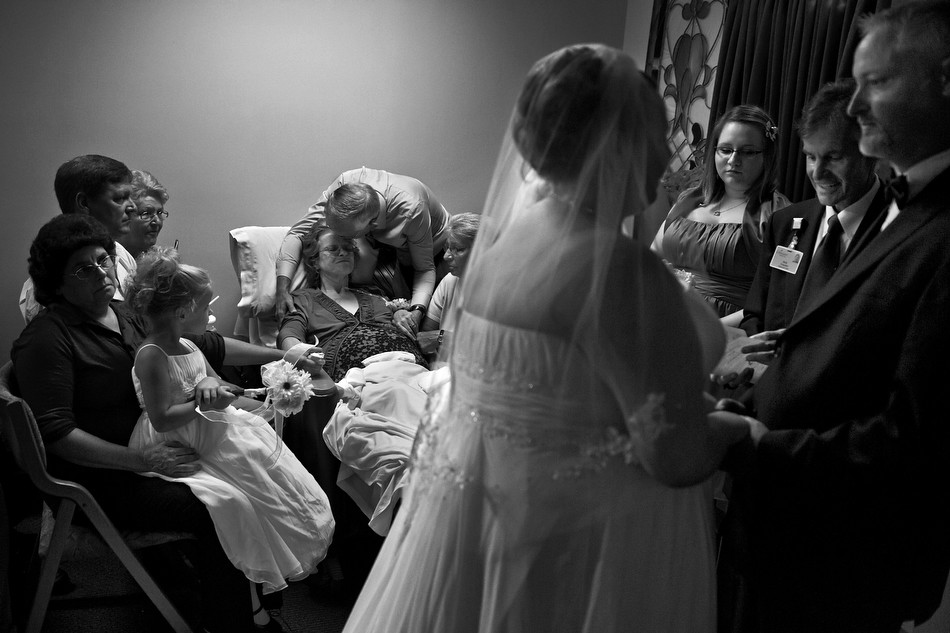
TID:
This is a very poignant, sad, but beautiful moment - can you set the stage and let us know a little of the backstory?
SAMMY JO:
First off, thank you for inviting me to be a part of this thoughtful and valuable resource. I’m honored to be asked to discuss this photograph.
This story started out as a daily assignment, while I was an intern with The Saginaw News. The local hospital sent out a press release detailing the event as a wedding to be held in the cancer ward at Covenant Health Care for a woman named Jamijo Gilbert. Jody, Jamijo’s mother, was given a diagnosis of terminal cancer. Reacting to the news, Jamijo and her fiancé decided to move up the wedding so her mother could attend.
TID:
How did you prepare for this mentally, and this image and since this is part of a series of images, can you speak to how you worked to gain access and trust from the people you photographed?
SAMMY JO:
The ride to the hospital was actually quite emotional for me. A little over a year prior I had lost my grandmother, whom I was close with, to terminal lung cancer. I remembered the amount of pain it caused my family and me to watch her struggle and fight to survive. Going in, I knew the amount of compassion and sensitivity that was crucial to the situation.
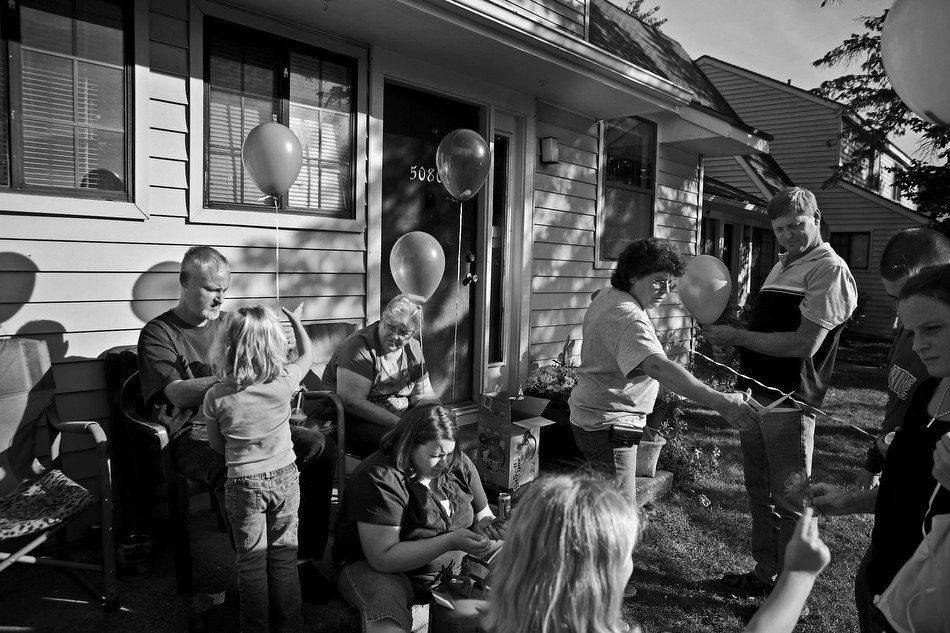
There is this stigma with photojournalists about visual assignments. It is the reason photographers flock to events like riots or the color run. A wedding in a cancer ward is inherently one of those “visual moments.” But I think what is important to remember is that these moments don’t belong to us. I didn’t walk into the hospital thinking, “hey I’m going to make an image for my portfolio today.” I walked in as a human being who felt enormously lucky to witness a love so great that a woman was willing to move a wedding for it. This was their moment, their story, not mine and I had to respect that.
The chapel was small. The crowd was essentially made up of family members and friends only along with a handful of hospital staff and caretakers. I approached a woman, who turned out to be the grooms’ mother, and she told me of how they had originally booked a ballroom for June but with the diagnosis of Jamijo’s mother things had to be pushed up. They scraped together the essentials, flowers from the hospital gift shop, bridesmaid’s outfits and a wedding dress that hadn’t had time to be hemmed. The thing they didn’t have was a photographer.
When she told me of their lack of photographer, I was astounded. Upon a quick glance through the people I realized, that besides the TV news crews and their video cameras, I was the only photographer there. My heart sank. A wedding is the day that every girl dreams about and this woman, who I hadn’t met yet had given up her dream wedding to have her mother be by her side for the ceremony. I couldn’t imagine not having pictures to look back upon later. After hearing this, I located Jody’s hospital room, where Jamijo was putting the finishing touches on her makeup and introduced myself. I told her I was photographing for the paper and how I was sincerely touched by her story. I briefly told her about my experience with my grandmother and offered to shoot her wedding for free. She started to tear up and gave me a hug and I was allowed to come in the chapel during the service and be near the altar.
Leaving the hospital, I knew this wasn’t the end of their story. It was one of those moments where you know there is something so much deeper than just the first layer that you were presented with. This was love. This was compassion. This was a bond so strong between a woman and her mother that even cancer couldn’t shake it. A couple days after the wedding I met up wit Jamijo and the family and delivered a stack of over 100 photos which I had printed at Walmart with my own money. We talked for a while and I pitched the story to them. They asked me if I could start shooting tomorrow since her mother was having a rough day and told me the door would be open after noon. Jody passed away the next morning.
TID:
Now, onto the main image. Can you speak about the time leading up to the picture and also the actual moment.
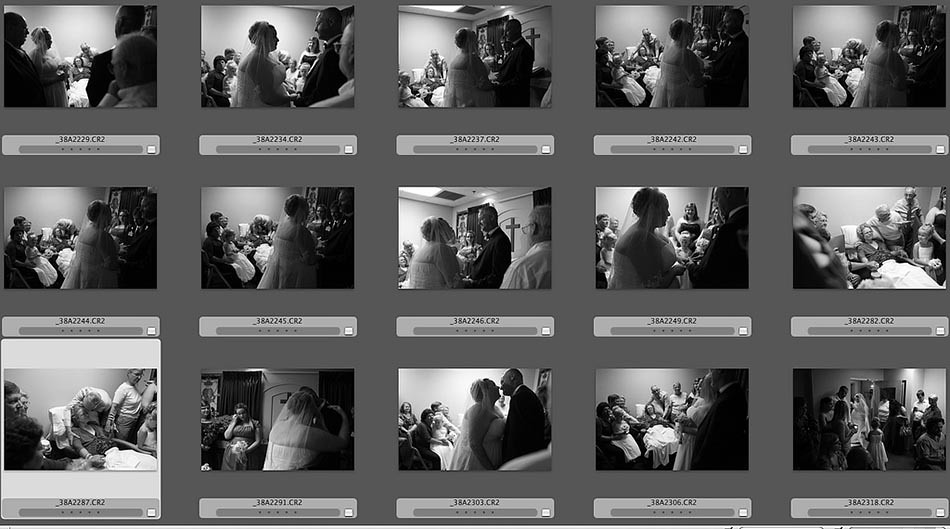
SAMMY JO:
As I said earlier, it was pretty packed. I had family members on both sides of me. Being in the hallway before the ceremony, I watched Bill (Jody’s life partner) holding her hand. He was very attentive to her needs. I made a mental note to watch for instances like that during the ceremony. I wanted to make a frame that showed the amount of love they had for each other while maintaining the bride and groom in the photo. While standing on the side, I prepared the composition and waited. I watched Jody tear up as her daughter said “I do” and Bill leaned down to whisper something to her. I pulled my camera to my face. He kissed her on the forehead and the moment was over.
TID:
What surprised you about the moment?
SAMMY JO:
I think the thing that surprised me most was the amount of happiness I saw on Jody’s face. For a moment nothing else mattered but watching her daughter get married. I was also incredibly surprised by the openness of the family with letting me photograph their life after the death of Jody. In photographing people I always try to be a human first and a photographer second. I think my willingness to be a friend and not just someone who was there to witness their life gained me access that I otherwise wouldn’t have had.
TID:
What challenges did you encounter while working to make these images?
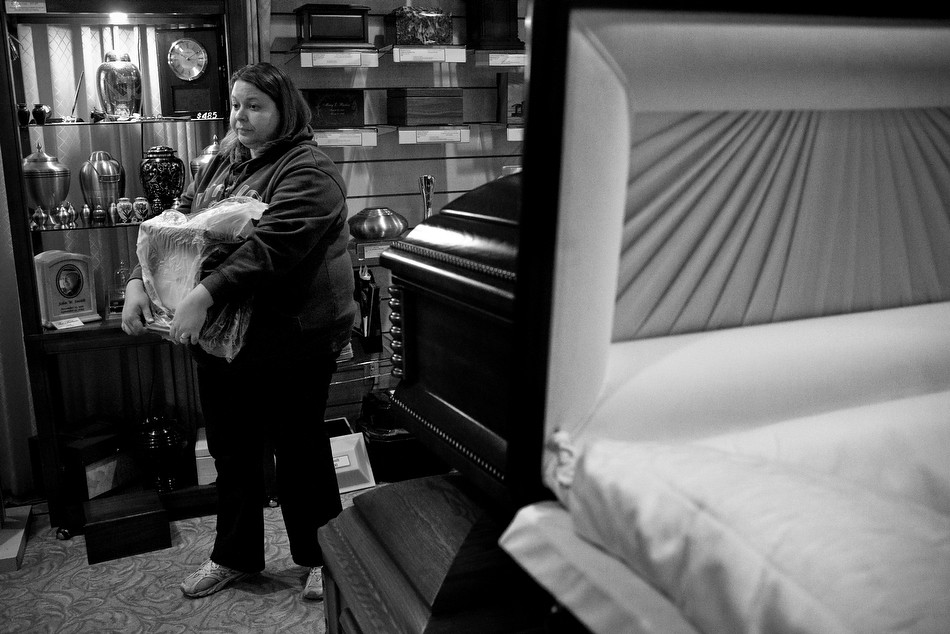
SAMMY JO:
The size of the chapel was relatively small and packed with family, friends and members of the hospital staff. It wasn’t a moment I felt very comfortable moving around in. Like I said earlier, this was not my moment. This was theirs. It was my job to stay as unnoticed as possible while telling the story.
I also faced the challenge of trying to obtain access with a family after the sudden loss of Jody. This was probably the issue I had the most difficulty with. I wanted to slowly build my relationship with them to gain access to those “harder” moments. But the hard moments came and those relationships hadn’t had the time or opportunity to have been built yet.
TID:
How did you handle and overcome these problems?
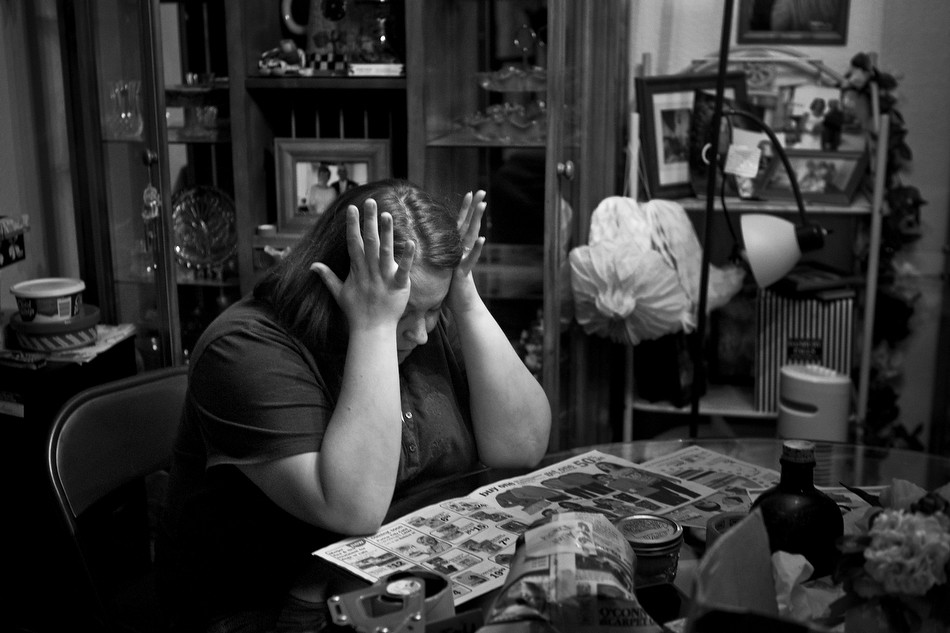
SAMMY JO:
While in the chapel I placed myself in a position where I was up against a wall next to a family member. I wanted to make sure I would have visibility of Jody as well as Jamijo. With little space to my right and left, I tried to move as little as possible so I wouldn’t disturb the ceremony for the guests.
After the sudden passing of Jody, I didn’t have a lot of hope that Jamijo was going to let me into her life to photograph. I contacted her offering my condolences to her and her family. I could tell she was hurting and I didn’t want to cause any harm by my presence. I told her that I would still like to continue her story, if she was willing, and left the ball in her court. A couple days later she texted, inviting me to a balloon send off for Jody. In between toasting to Jody’s life and letting off balloons, we talked about continuing the story and she allowed me back into her life and with an invitation later that evening to photograph her boxing up her mother’s belongings.
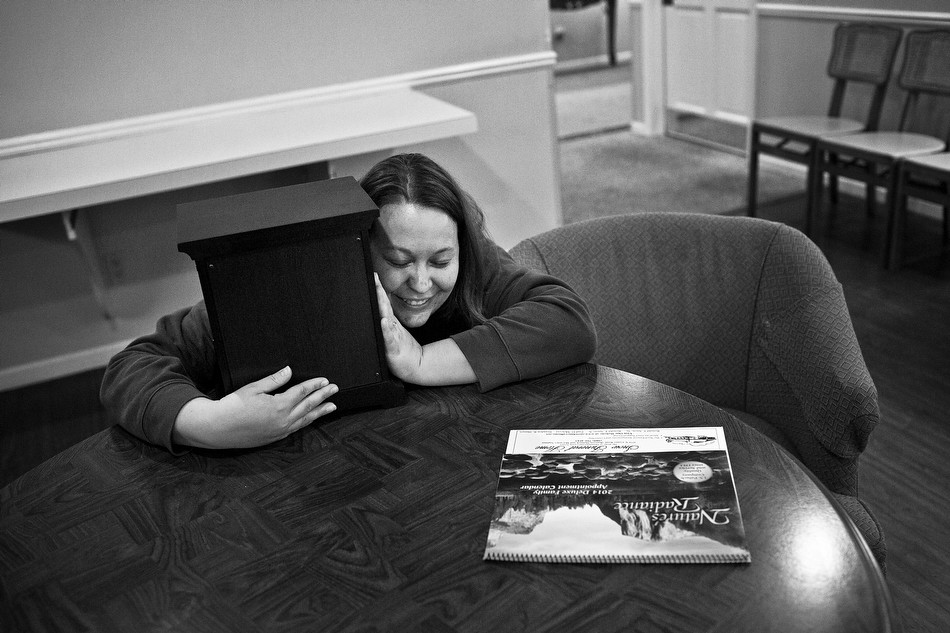
TID:
What have you learned about yourself in the process of making images like this?
SAMMY JO:
I think photography has become a key that unlocks the door to changing your perspectives on life. Because of a tiny black box with a lens, people allow me into their home and share incredibly intimate moments of their life that they otherwise wouldn’t have and, to me, that is the magic of photojournalism. That is why moments like being included in a wedding ceremony like this weigh quite heavily on me. Because of my access, I have always felt a sense of responsibility to share those moments with the community.
This story in particular has been very heartfelt and touching for me, as well as was the first large story I ever worked on. I made several mistakes shooting and composing things but I grew a lot in going “beyond the daily assignment” of the initial wedding. It taught me to follow my curiosities and question more of “what comes after?” rather than just the “during” moments. Despite the way the news world is shifting with the quick turnaround “hit it and quit it” storytelling, sometimes you really need to take the extra time to develop and pierce the veil of your stories.
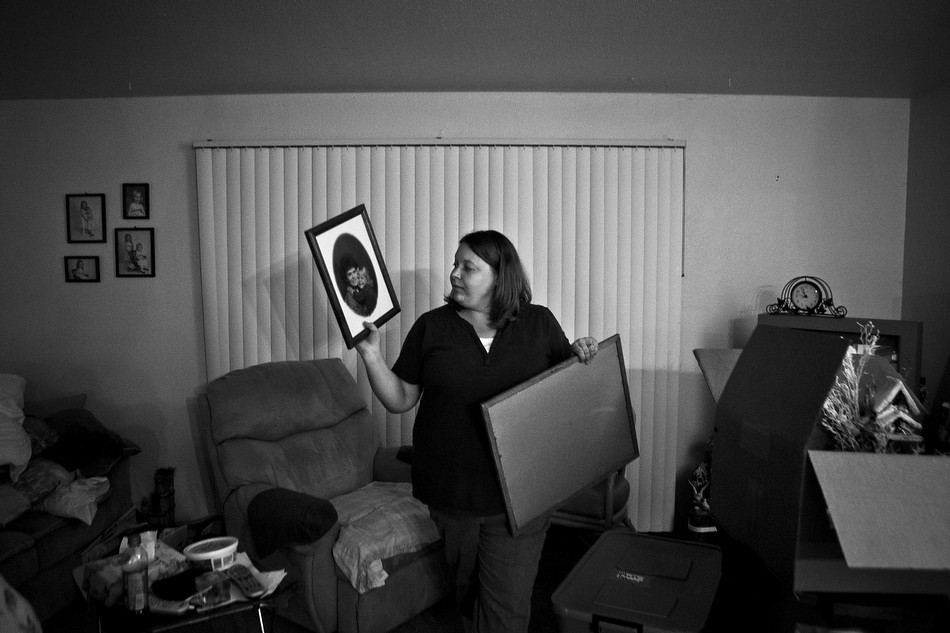
TID:
What have you learned about others?
SAMMY JO:
Working with Jamijo and her family has really driven home the idea of how kind and open people actually are. Anytime I asked for access to something and explained why that photo was important the family I was given it. Their openness was humbling and it solidified the fact that being a photojournalist is really a two-way street where you have to give a lot of yourself to expect a lot back. Many times I was with the family I would set my camera aside and Jamijo and I would just talk about the future and what we wanted out of life. Other times I would be sitting there playing Old Maid with her kids. I will never forget when they drew me pictures and spelled out my name on a piece of yellow construction paper and gave it to me. I went home that day and hung the artwork on my refrigerator.
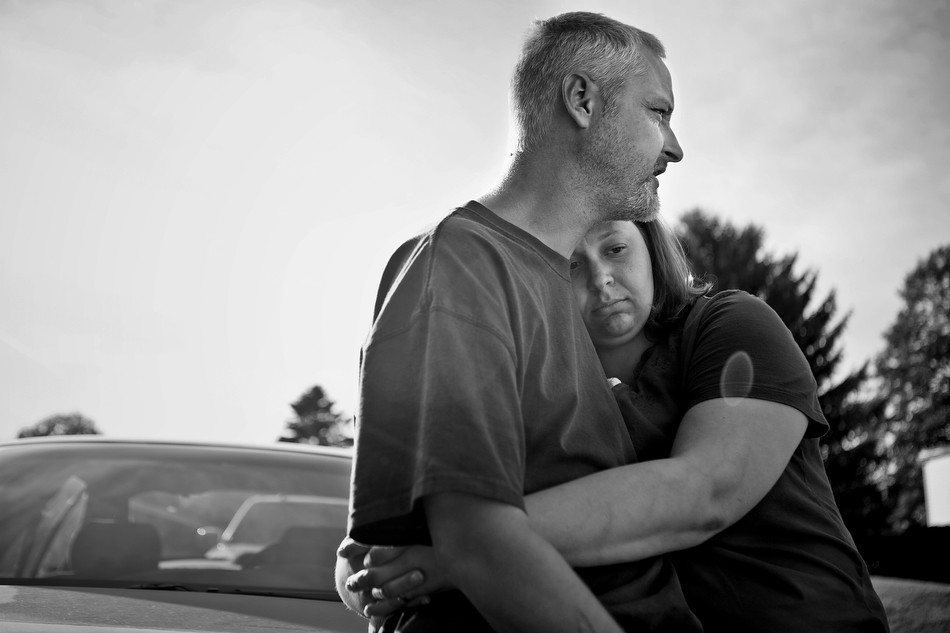
TID:
In conclusion, what advice do you have for photographers?
SAMMY JO:
Out of all the advice I have ever been given as a photojournalist, I think these three things have stuck with me the most:
Don’t underestimate the power of a good cup of coffee and a great conversation with those you photograph.
Never stop learning and growing as a human being; the moment you stop is the moment you cease to exist.
And most importantly, always remember to photograph your own story. It will most likely be the one you cherish most later in life.
:::BIO:::
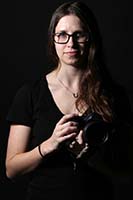
Sammy Jo Hester is an editorial photographer and currently a student at Western Kentucky University. She has previously interned with Fort Knox Cadet Command, The Flint Journal and The Saginaw News and will be an intern this upcoming summer with The Virginian-Pilot. Most of her days she spends making a valiant effort to not trip over things, which happens often.When she is not wrestling pigs, she enjoys bartending and dancing around to Beyonce songs. The past year, Sammy Jo has received a gold medal in general news for CPOY, an award of excellence for recreational sports in POYI, and third place in the Hearst semi-finals for news, features and sports, and was the runner up professional photographer of the year for Michigan Press Photographers Association, along with other awards. She can also juggle.
You can see more of her work here: